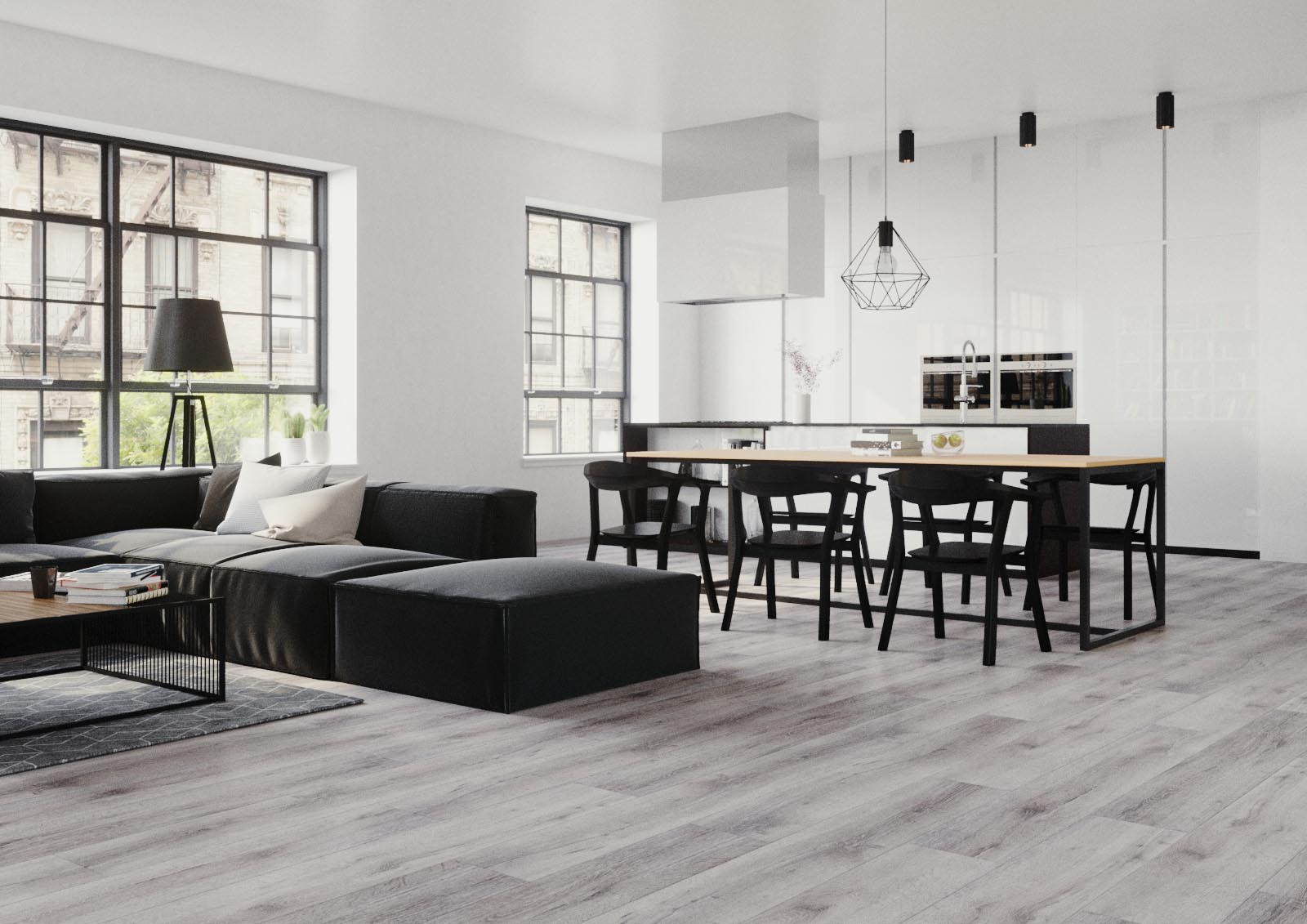Innovative Technologies in Furniture Design: Embracing the Future

Innovative technologies have revolutionized various industries, and the world of furniture design is no exception. With Zaaranżuj Swoje Wnętrze z Nowoczesnymi Meblami in materials, manufacturing processes, and digital tools, furniture designers are now able to push the boundaries of creativity and functionality. Innowacyjne technologie w meblarstwie have paved the way for exciting and futuristic designs that were once deemed unimaginable. From 3D printing to augmented reality, these technologies ensure that the future of furniture design is both visually stunning and functionally efficient. Let's delve into the fascinating world of innowacyjne technologie w meblarstwie and discover how they are transforming the way we perceive and interact with furniture.
Augmented Reality in Furniture Design
In today's rapidly advancing world of furniture design, innovative technologies are revolutionizing the way we create and visualize our living spaces. One such technology that has gained immense popularity is Augmented Reality (AR). AR seamlessly blends the physical and digital worlds, providing designers and consumers with a unique and immersive experience.
With the help of AR, designers can now present their creations in a more captivating and interactive manner. By using AR apps and devices, customers can visualize how a piece of furniture would look in their own homes before making a purchase. This eliminates the need for guesswork and allows for a more informed decision-making process.
In addition to its practical applications, AR also offers endless possibilities for creativity and customization. Designers can explore various materials, colors, and textures virtually, allowing them to experiment and bring their vision to life in ways that were previously unimaginable. By offering a virtual playground for designers, AR opens up a whole new realm of possibilities in furniture design.
Embracing AR technology also brings numerous advantages to the customers. They can now personalize their furniture choices by exploring different styles and configurations. Whether it's choosing the right color, rearranging the layout, or trying out different combinations, AR empowers customers to tailor their furniture selections to perfectly fit their individual needs and preferences.
In conclusion, Augmented Reality is an exciting innovation in the world of furniture design. Its ability to blend the digital and physical realms has transformed the way designers create, and customers envision their ideal living spaces. As AR continues to evolve and become more accessible, we can expect it to play an increasingly vital role in shaping the furniture industry of the future.
2. 3D Printing in Furniture Manufacturing
In the realm of furniture manufacturing, innovative technologies have been making significant strides, and one such advancement is 3D printing. This cutting-edge technology is revolutionizing the way furniture is designed and manufactured.
3D printing allows furniture designers to create intricate and complex designs that were previously unimaginable. With the ability to transform digital models into physical objects, designers now have the freedom to experiment with unconventional shapes and structures. This opens up a whole new world of possibilities, enabling the creation of unique and personalized furniture pieces.
The use of 3D printing in furniture manufacturing also allows for greater efficiency and sustainability. Traditional manufacturing processes often result in a significant amount of material wastage. However, with 3D printing, furniture can be built layer by layer, reducing the need for excess materials. This not only minimizes waste but also lowers production costs.
Additionally, 3D printing enables faster production times compared to traditional methods. With the ability to quickly create prototypes and iterate designs, furniture manufacturers can streamline their processes and bring products to market at a much faster pace. This not only benefits the manufacturers but also provides consumers with shorter lead times and more immediate access to the latest furniture designs.
As we look ahead to the future of furniture design, it is clear that 3D printing will continue to play a significant role. Its ability to push the boundaries of creativity, improve efficiency, and promote sustainability makes it a technology worth embracing in the world of furniture manufacturing.
3. Internet of Things (IoT) Integration in Furniture
The integration of Internet of Things (IoT) technology in furniture design has revolutionized the way we interact with our living spaces. With the help of innovative technologies, furniture has evolved beyond its traditional functions and has become interconnected and intelligent.
One of the key benefits of IoT integration in furniture is the ability to create smart homes. By incorporating sensors and connectivity features, furniture items can now communicate with each other and with other devices in the house. This opens up a whole new world of possibilities for automation and convenience.
Imagine a scenario where your bed senses that you have woken up, and it automatically adjusts the room temperature to your liking while also brewing a fresh cup of coffee in the kitchen. Or perhaps your sofa detects that you are feeling stressed and initiates a relaxing massage feature. These are just a few examples of how IoT integration in furniture can enhance our everyday lives.

Apart from the convenience factor, IoT-enabled furniture also enables better monitoring and management of resources. For instance, smart lighting systems can adjust their brightness and color temperature according to natural light levels and human presence, resulting in optimized energy usage. Similarly, smart desks can remind you to take breaks and adjust their height to promote ergonomics and improve productivity.
The future of furniture design lies in embracing innovative technologies such as IoT integration. As we continue to advance in this digital age, smart furniture will become more commonplace, transforming our homes into intuitive, personalized spaces that adapt to our needs and preferences. In the years to come, we can expect furniture to not just provide comfort and aesthetics, but also to actively contribute to our well-being and overall quality of life.

